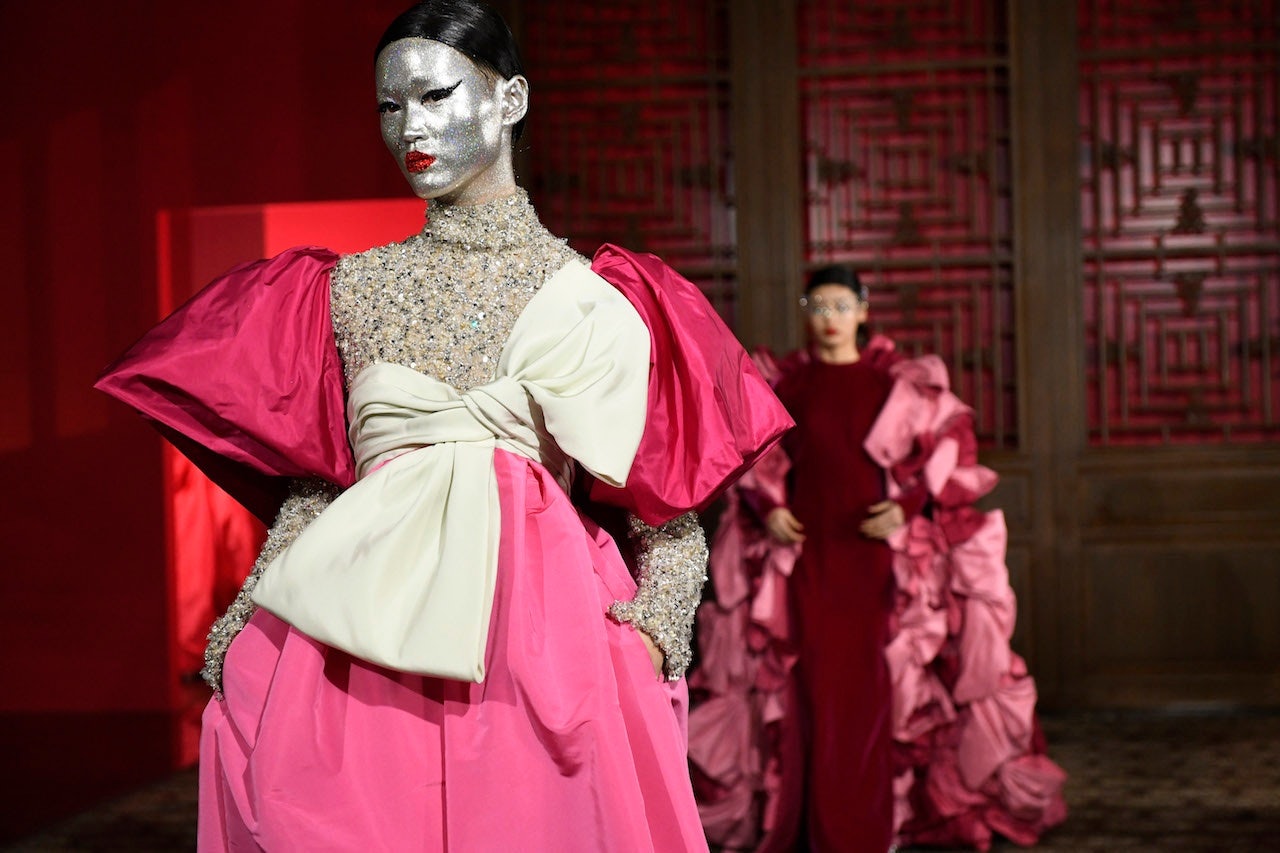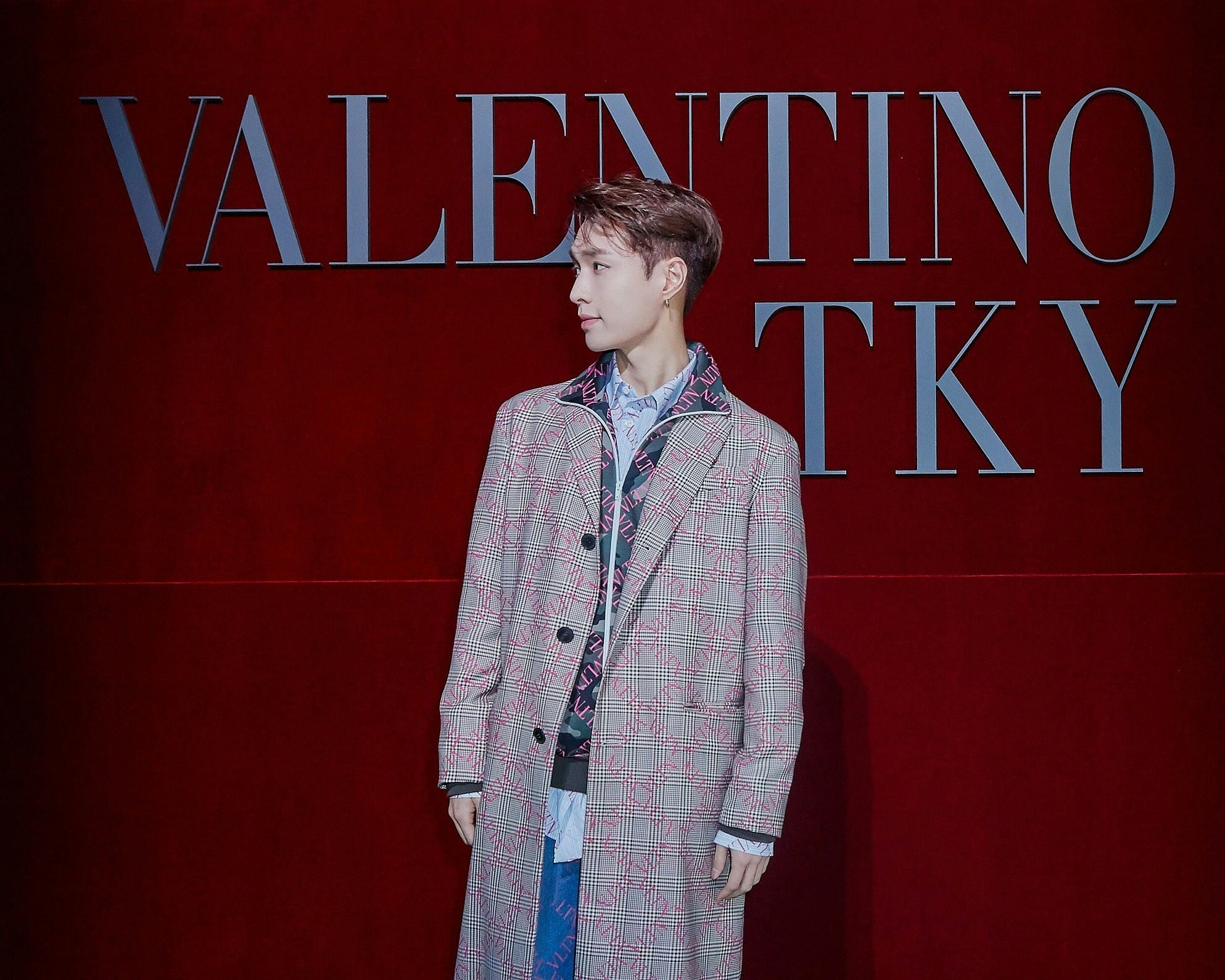On a crisp and chilly afternoon, fans hold signs in front of the Aman Summer Palace Hotel in Beijing while waiting for a glimpse of their idols. Inside, well-dressed clients, influencers, and celebrities peacock around the room under a huge Valentino sign. The clamor is for a rare event: a China-based debut show of a haute couture line from a powerhouse luxury brand. As one of the highest forms of fashion, this launch speaks volumes about how much Valentino values the Chinese market, which now accounts for 30 percent of the brand’s global business.
This year’s theme is Daydream, and Valentino’s dreamy show was a harmonic and luxurious East-meets-West affair. The red and green colors of traditional Chinese temples adorned the show’s 45 couture outfits while Italian opera music seamlessly set the mood. As the visuals of the show gently brought two seemingly opposing cultures together, commercially, the brand faces a bigger challenge: blending two fashion extremes — haute couture and streetwear — into one unified collection.
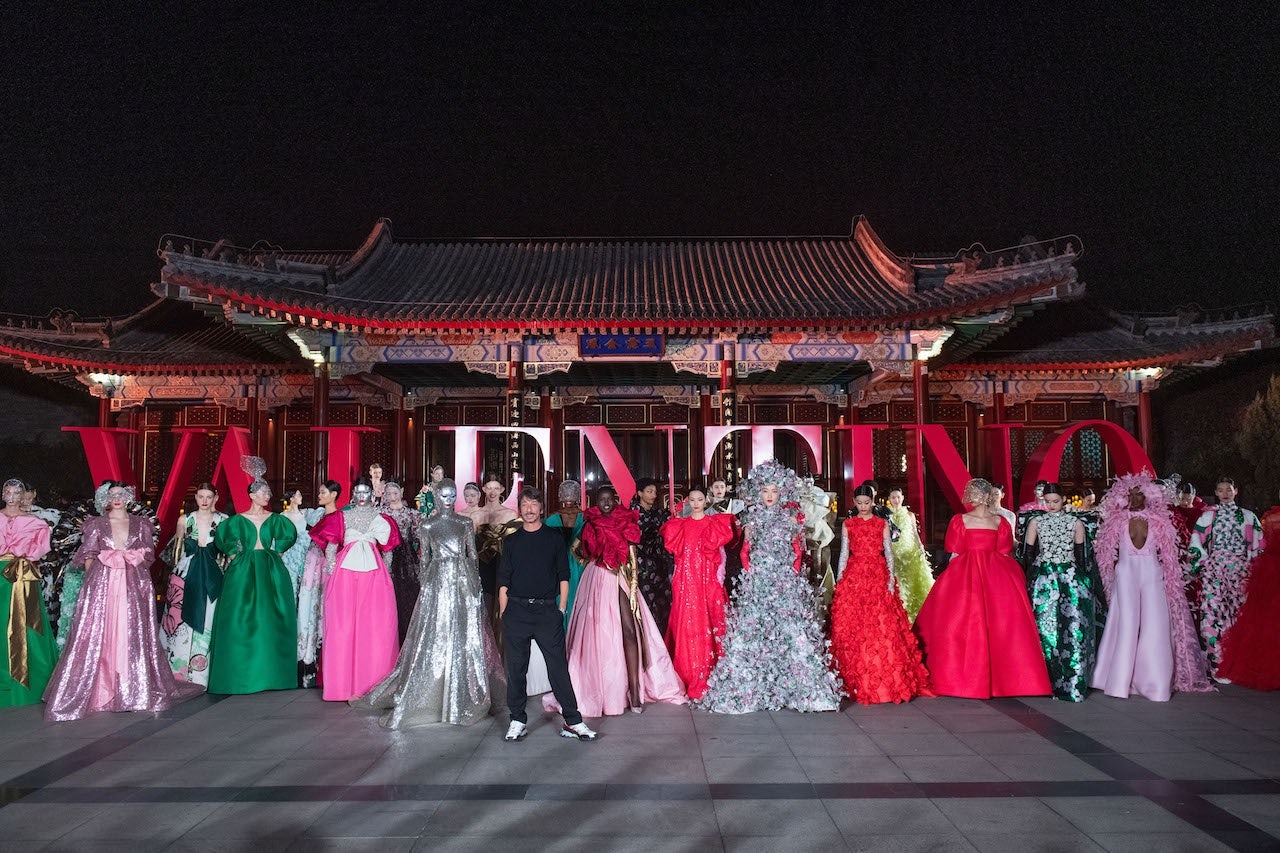
Haute couture demonstrates the soul of luxury by making timeless-looking designs come to life with excellent craftsmanship and is usually reserved for those who have the resources to fly to Paris just to try on a thousand-dollar dress. Meanwhile, streetwear is a strong reaction to the power of this exclusivity and appeals to the masses with more accessible price points. Given this, the streetwear trend has been disrupting high-end fashion in recent years, but Valentino has chosen to approach it through the graceful lens of couture. But how has the brand communicated this message to Chinese consumers who are just becoming familiar with both?
“The package around Valentino is seducing consumers,” says Valentino CEO, Stefano Sassi in an exclusive interview with Jing Daily after the show. Since his appointment in 2006, Sassi has helped the Maison soar past the one billion revenue mark. He says that even though the couture business in China won’t be huge, it holds the ultimate seduction power over any type of consumer. “To accomplish this, you have to be authentic and send your unique message,” he adds. And Valentino has invested a lot into this message — both online and offline. It created a Mini Program on WeChat that displayed everything from the event, from showpieces to celebrity outfits. Topics about the show skyrocketed up Weibo’s trending list thanks to the presence of multiple celebrities, and the hashtag #daydreamvalentino has been mentioned over 300 million times on the platform thus far. Not to mention, a capsule collection of the show is now being offered in Valentino’s newly-opened flagship store in the hip central neighborhood of Sanlitun in Beijing.
Below, Sassi shared many of his priorities for China’s growing luxury market, as well as why it’s the right time to bring a haute couture-streetwear experiment to the country.
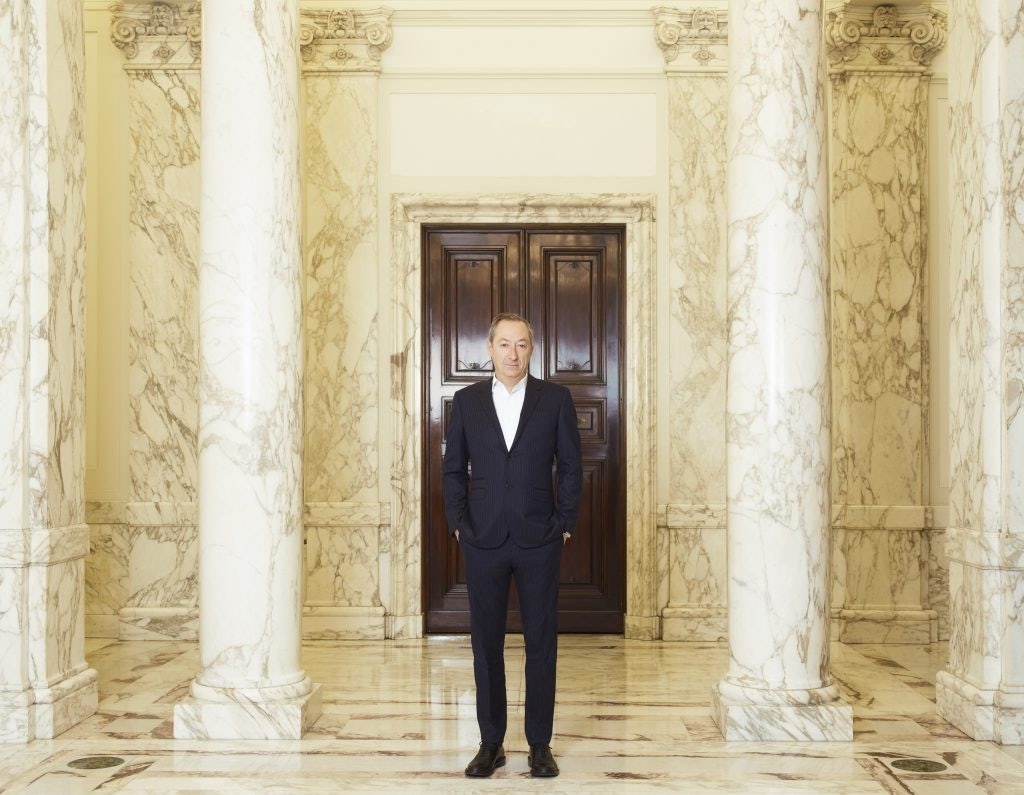
What do you think is significant about debuting this haute couture show in China?#
Six years ago, China was already significant. Today, we’re at a new level of maturity in the market — not just the consumption size, but consumer evolution, consumer behavior, and advancing technology — and social media is becoming a key platform for communication, even more so than in the West. It’s crucial to be more China-centric. We need key people here to develop a network and manage marketing. We also want to bring something that’s not just symbolic but a message. With the show, we are bringing the most significant reason why Valentino is haute couture.
Who are your consumers now and how have they changed?#
Back in 2010, I realized that the Chinese market was starting to pay more attention to status. Logos communicate a level of status. Today, I think there’s a level of knowledge, expertise, and sophistication in China that’s completely different. For example, 10 years ago, the number of Chinese customers we had in haute couture was very limited. Today, there’s a different level of attention from the Chinese market to haute couture, which speaks to the growing importance of craftsmanship, quality, level of detail, and richness within fashion. We saw a very quick evolution in consumer behavior, and we also see people react to trends very quickly in China.
What’s your priority in developing the market?#
So, we want to make Valentino more recognizable, and the best way to do it is by using haute couture, which defines our essence. I don’t think the number of customers that can afford haute couture in China will be huge. Our business is mainly focused on ready-to-wear shoes, bags, etc. But today, I think that Chinese consumers, like all the other consumers around the world, are very sensitive to the feelings, emotions, and messages our brand creates around itself.
The package around the brand is seducing consumers. To do that, you have to be authentic with a unique message. Our unique message comes from two things. First is the company’s history. Valentino is an Italian couture brand. Second is our designer Pierpaolo Piccioli, who is a master of couture. We need to bring and develop this couture message. He’s touching the hearts of people, and he is one of the best things we have. He’s the reason we came here and presented an haute couture show.
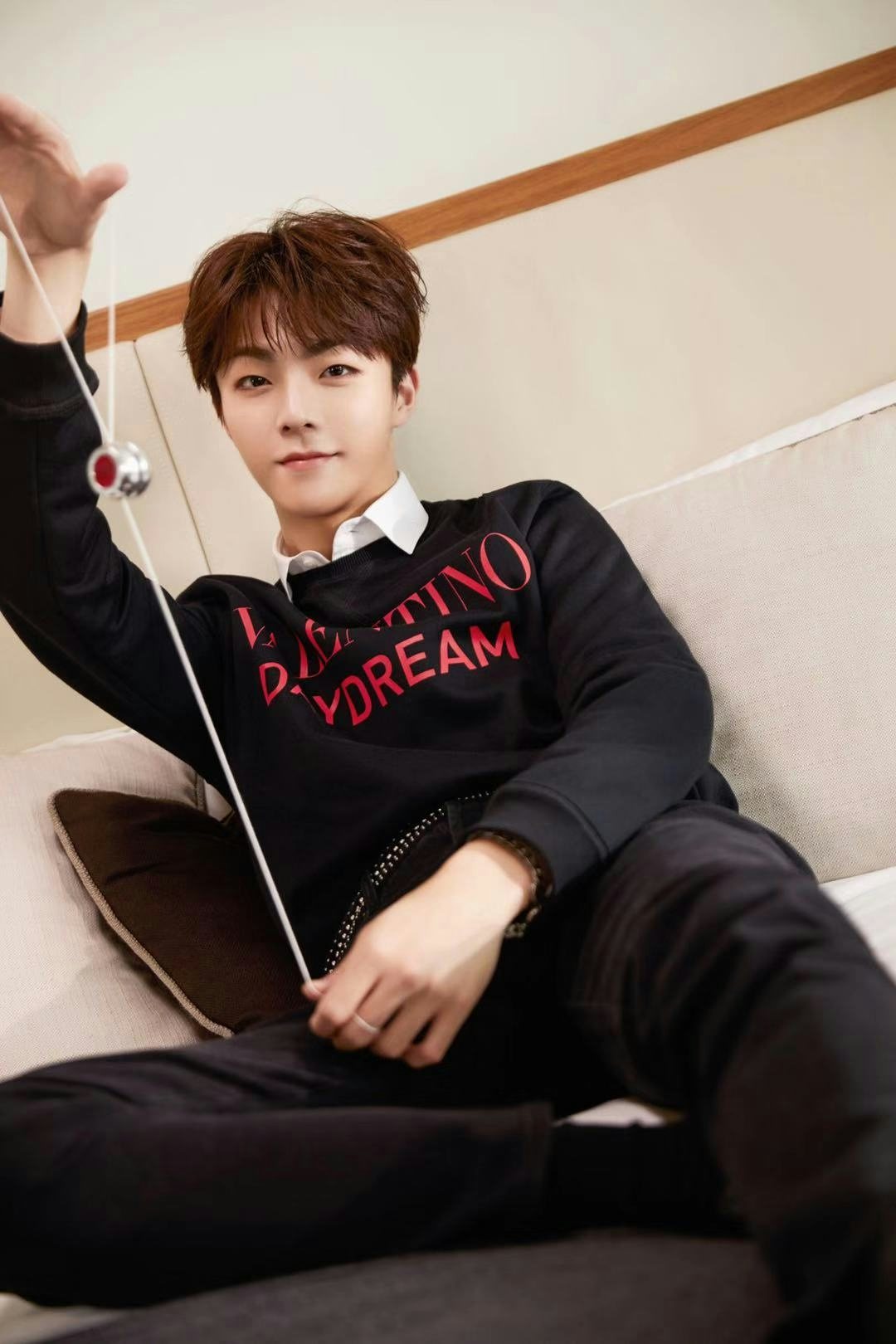
How do you maintain the same brand DNA across both commercial and haute couture lines?#
It’s the same soul. A military jacket can be very simple or very couture. It’s a matter of taste, construction, and the level of care you put into it. We try to use this approach and philosophy through all of our products. If you enter the Sanlitun store, we developed it as a more modern concept for the Sanlitun crowd. Valentino is haute couture, but we deploy that essence at all levels, so you can recognize it in a t-shirt or a simple object. It’s a philosophy that comes from the brand heritage, personality, and the strong beliefs of the creative director.
Is there a category offering that you’re trying to grow in China?#
Our soul is most linked to ready-to-wear. But you also have the market for accessories. Maybe there is one person who can buy a dress at 5,000 euros, but there are 20 people who can go for a pair of shoes. At the end of the day, the percentage of accessories sales at Valentino is much greater than in ready-to-wear. For more than 10 years, Valentino has been mainly an accessories business, and I think that we should continue to develop this success in shoes and bags because we are expressing a kind of world in that which is specific to Valentino.
Valentino has invested in online channels in China, like your close partnership with Alibaba where you launched on Luxury Pavilion last year to sell casual wear. What was the motivation and strategy behind working with Alibaba?#
The consumer in China is sensitive and gets messages from all directions: social media, e-commerce platforms, media, television, internet, etc. Therefore, more and more in this industry, whenever we organize [brand] communications, it’s a 360-degree process. Years ago, we just organized an event, and that was it. Now, we organize it, and in the meantime, we provide this message to millions of consumers around the world. So, you have to work with the key partners that provide you with a high level of visibility.
What about offline strategy?#
Online is important, but offline is important as well. You have to provide a real and full experience to consumers. How you do that? First of all, you align your physical environment with your digital environment otherwise known as omnichannel services. It’s about serving the consumers, and to do that, you have to use every potential tool you have. For example, we have a monthly product drop in our stores. Every single month, we’re providing a drop of newness in-store, but you need all the store associates to be perfectly trained on this new product so that they can call consumers, send them materials, images, GIFs, whatever element of seduction they can provide about the new product. And to do that, you have to prepare. You have to reach a couple-thousand sales associates around the world.
And then a huge activity is analytics because you have to understand who the consumer is. You cannot be too pushy, so you need the in-person touch of retail — the store manager and others in the store that can provide it. So, if you want to be in touch with consumers in a certain way, you should be organized, plan with your people, and use machine learning.
In 2017, you appointed Zhang Yixing to be the face of the male line in China. Can you share a bit more about the performance of male collections in China?#
I think we have such a recognized ambassador because of the power of the brand, our strong personal relationship with him, and our main business [ready-to-wear] keeps growing. For a long time, this has mainly been a womenswear business, but men are becoming more and more important. So, I think our product is very suitable and powerful for China’s market. We can definitely do more.
